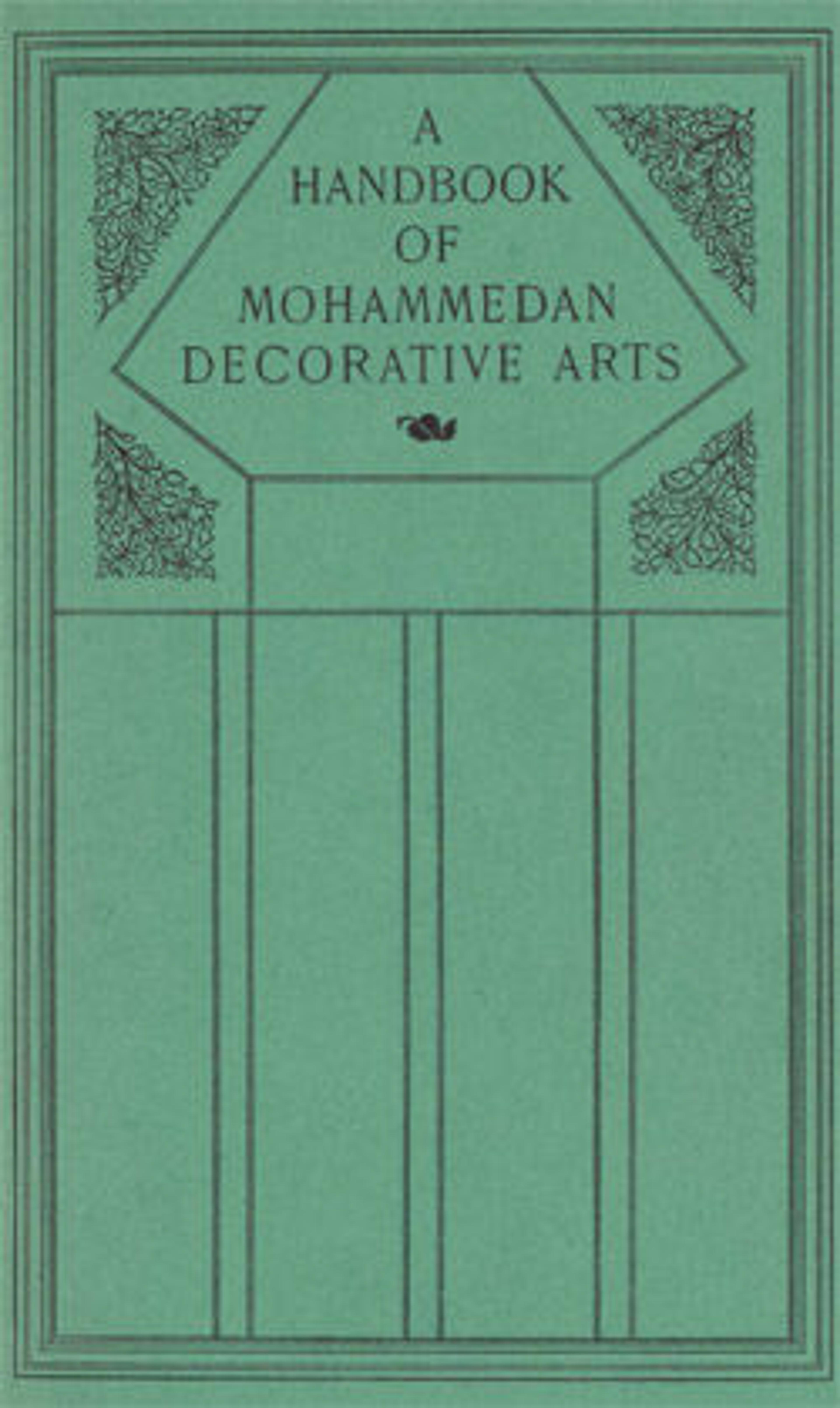Ewer with Molded Inscriptions and Figures on Horseback
In the last quarter of the 11th century Iranian potters started to work with stonepaste, a drastically new material in place of clay, made mainly of crushed pebbles with only small portions of clay and frit added to make it malleable during manufacturing and solid after firing. However, despite this, its stiffness required the use of molds for the shaping of the objects, as seen in this ewer.
Stonepaste would eventually become one of the most durable technical innovations in Iran, where it is used even today in local pottery productions of both vessels and tiles.
The mold employed for this ewer displays courtly scenes and an inscription with a sequence of eulogistic attributes.
Stonepaste would eventually become one of the most durable technical innovations in Iran, where it is used even today in local pottery productions of both vessels and tiles.
The mold employed for this ewer displays courtly scenes and an inscription with a sequence of eulogistic attributes.
Artwork Details
- Title:Ewer with Molded Inscriptions and Figures on Horseback
- Date:last quarter 11th–12th century
- Geography:Made in Iran
- Medium:Stonepaste; molded, monochrome glazed
- Dimensions:H. 12 in. (30.5 cm)
Diam. 6 7/8 in. (17.5 cm) - Classification:Ceramics
- Credit Line:Rogers Fund, 1913
- Object Number:13.93.3
- Curatorial Department: Islamic Art
More Artwork
Research Resources
The Met provides unparalleled resources for research and welcomes an international community of students and scholars. The Met's Open Access API is where creators and researchers can connect to the The Met collection. Open Access data and public domain images are available for unrestricted commercial and noncommercial use without permission or fee.
To request images under copyright and other restrictions, please use this Image Request form.
Feedback
We continue to research and examine historical and cultural context for objects in The Met collection. If you have comments or questions about this object record, please contact us using the form below. The Museum looks forward to receiving your comments.
